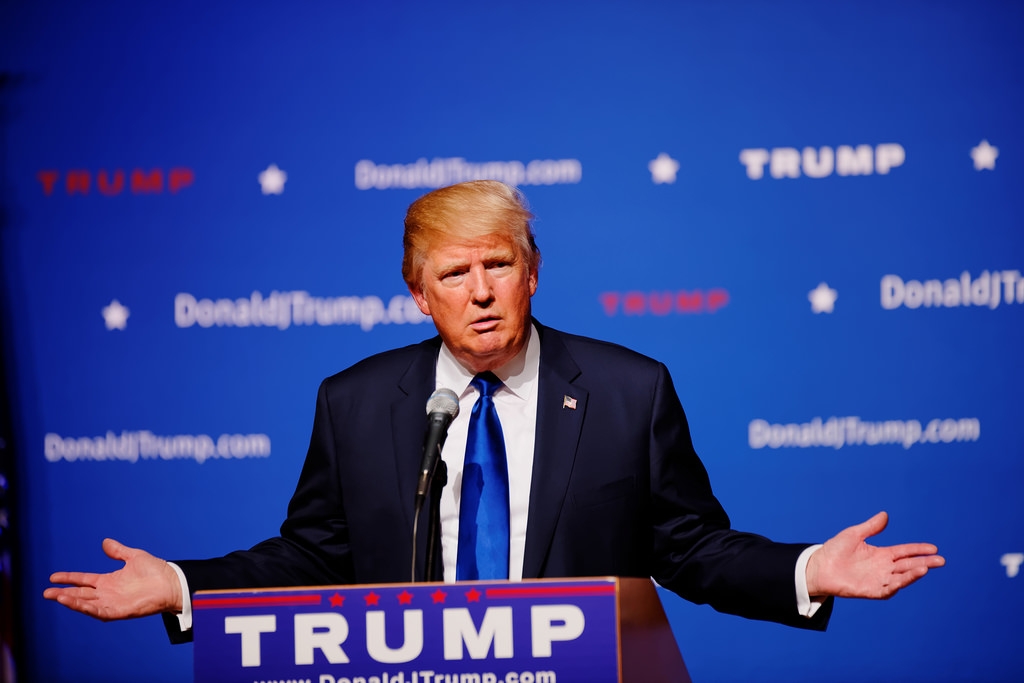Preceding the 2016 presidential election in the United States pollsters worldwide comfortably sat back after declaring that the country, without a doubt, would be seeing its first Madame President. Much of the strength in these predictions came from a firm belief that (now) President-Elect Donald J. Trump’s anti-immigrant rhetoric would motivate Latino voters, especially in the important swing-state of Florida, to mobilize behind the Democratic party and Hillary Clinton.
When the image of the Sunshine State turned red on the electoral map, though, many were left baffled, asking each other, “What happened to the Latino vote?”. However, upon looking at the exit polls this seems like an inappropriate question. In general, the Latino vote performed just as it was expected to; in this year’s election a record 27.3 million Latinos were eligible to vote (12% of the total electorate). In fact, over half a million additional Latinos registered to vote in 2016 as opposed to in 2012, and Florida saw a 100% increase in registration (Vann 2016). On a national level a reported 51 percent of eligible Latino voters showed up at the polls. Previously the record high for this demographic was in 2008 with a 50 percent turnout (Waldman 2016).
Despite the inability of these votes to score a Democratic party win, it is possible they saved Clinton from annihilation in the electoral college. Latinos helped in creating Democratic majorities in Nevada, Colorado, New Mexico, Virginia, and California as well as providing the foundation for shifts in Arizona and Texas (Romero 2016). Exit polls indicated that the Latino vote was 65 percent for Clinton vs 29 percent for Trump (González 2016).
The argument has since developed into a question of why such a large portion of Latinos still supported Trump; from these numbers nearly a third of Latinos cast their vote for the Republican party despite the critical portrayal they received from its candidate. In reality, though, it is not a complicated question when one considers the vast differences among those yielding this externally imposed classification; the term “Latino” groups together people from a broad range of countries who speak different languages, practice different religions, hold different values, and have completely different experiences. It also fails to distinguish between persons who were born in the United States and immigrants.
This juxtaposition is seen clearly in the composition of Florida’s Latino votes. There has been a surge of Puerto Ricans into the state in response to an economic crisis on the island, and it is presumed that many came to Clinton’s aid. On the other side of things, a majority of Cuban-Americans, especially around Miami, are believed to have voted Republican. Even among Cuban-Americans there is a division – older immigrants tend towards the right while their more recently arrived counterparts lean left (Scotti 2016). It is necessary as well to recognize the number of Florida Cubans that remarked that they were not voting for Trump or against Clinton, but rather cast their vote as an anti-Castro statement (Valdes 2016).
One of the most dangerous miscalcuations is to combine US-born and foreign-born Latinos, as this distinction often drastically changes opinions among voters. This is most obvious in the case of “radical nativism,” in which Latino citizens and legal residents tend to ethnically “distance” themselves from undocumented immigrants, as they are more likely to bear the negative effects than non-Hispanic whites (Valdes 2016). The numbers from rural Southwestern counties help to support this claim; of those counties with large Hispanic, predominantly Mexican populations Trump did better than Clinton, Romney, and Obama. Voting trends in these areas actually closely mimicked those of similar counties in Pennsylvania, Ohio, Michigan, and Wisconsin (Cadava 2016).
The final piece of the puzzle involves the physical collection of exit polls. To begin with, only about four to seven percent of exit poll interviews with Latinos are conducted in Spanish. When you remove a large number of foreign-born Latino voters that would be more comfortable speaking in Spanish, the results shift towards the right. In addition, exit polls focus on closely contested precincts and tend to capture minorities who live primarily among whites, which creates a consistent socioeconomic status bias. While about 48 percent of Latinos live in majority-Hispanic neighborhoods, it is only likely that about 15 percent of Latino respondents came from these neighborhoods (Waldman 2016).
Given all of this information, it is highly possible that a large number of Latinos voted Republican due to their personal experiences. It is just as likely that the exit polls were skewed owing to their selective nature among respondents. What is concrete, though, is that candidates should realize that they can no longer treat the Latino voting bloc as a uniform entity.
Works Cited
Vann, Lee. 2016. “Why Marketers Should Pay Attention to the 2016 Latino Vote.” 15 November. Hispanic Online Marketing. Available to read here: http://www.hispaniconlinemarketing.com/2016/11/why-marketers-should-pay-attention-to-the-2016-latino-vote/ [Accessed 17 November 2016].
Waldman, Paul. 2016. “Why the exit polls are wrong on Latino votes.” 15 November. The Washington Post. Available to read here: https://www.washingtonpost.com/blogs/plum-line/wp/2016/11/15/why-the-exit-polls-are-wrong-on-latino-votes/ [Accessed 17 November 2016].
Romero, Mindy. 2016. “Latino voters rebuked Trump and the Republicans, but they weren’t wowed by the Democrats either.” 15 November. Los-Angeles Times. Available to read here: http://www.latimes.com/opinion/op-ed/la-oe-romero-latino-vote-lessons-20161115-story.html [Accessed 17 November 2016].
González, Juan. 2016. “’They Knew What was at Stake’: 2016 Latino Voter Turnout Higher for Clinton Than for Obama in 2012.” 11 November. Democracy Now. Available to read here: https://www.democracynow.org/2016/11/11/they_knew_what_was_at_stake [Accessed 18 November 2016].
Valdes, Marcela. 2016. “We’re Looking at a New Divide Within the Hispanic Community”. 15 November. The New York Times Magazine. Available to read here: http://www.nytimes.com/interactive/2016/11/20/magazine/donald-trumps-america-florida-latino-vote.html [Accessed 22 November 2016].
Scotti, Ciro. 2016. “How a Surprising Twist in the Latino Vote Gave Florida to Trump”. 14 November. The Fiscal Times. Available to read here: http://www.thefiscaltimes.com/Columns/2016/11/14/How-Surprising-Twist-Latino-Vote-Gave-Florida-Trump [Accessed 22 November 2016].
Cadava, Geraldo L. 2016. “Rural Hispanic voters – like white rural voters – shifted toward Trump. Here’s why.”. 17 November. The Washington Post. Available to read here: https://www.washingtonpost.com/news/monkey-cage/wp/2016/11/17/rural-hispanic-voters-like-white-rural-voters-shifted-toward-trump-heres-why/ [Accessed 22 November








